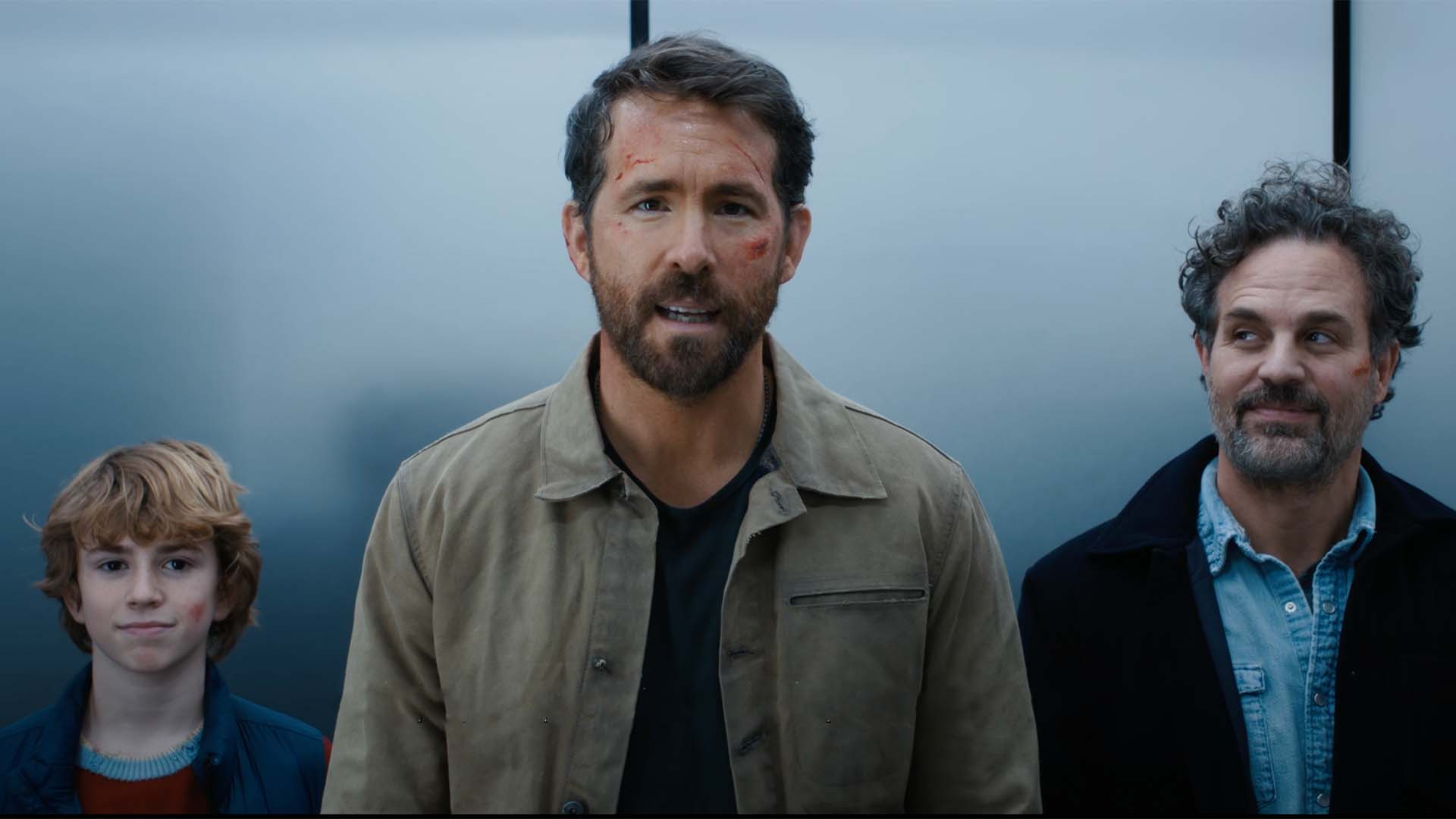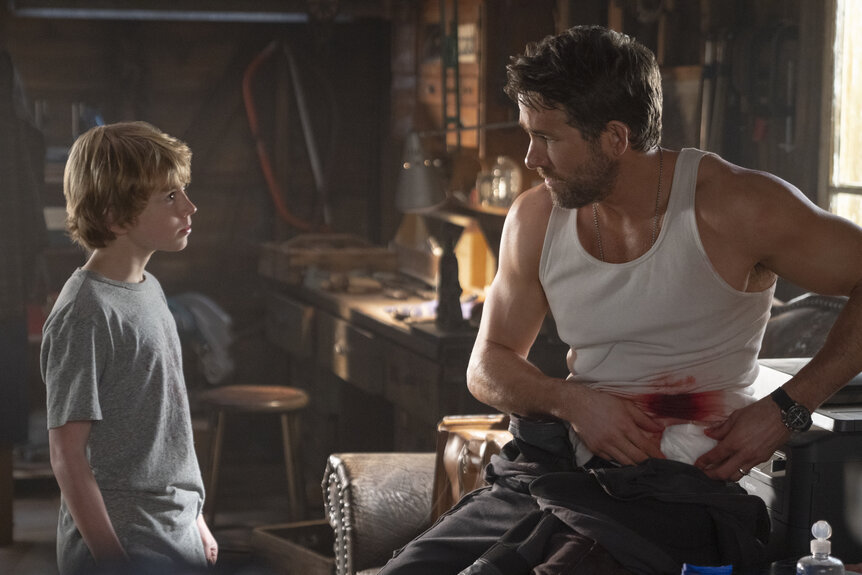Create a free profile to get unlimited access to exclusive videos, sweepstakes, and more!
How time travel gets weird: The science behind 'The Adam Project'
Time travel sounds stressful, honestly.

We love a good time travel story, we love a good family friendly flick without a trip to the theater, and we love Ryan Reynolds. Basically, The Adam Project hits all the marks we're looking for in these trying times. That said, it does play a little fast and loose with what we've come to understand about the rules of time travel. Fair warning, there are spoilers for the movie after this sentence.
Last chance to turn back before your own timeline is irrevocably changed.
Okay. Many time travel stories go to great lengths to avoid contaminating the timeline by interacting with your past self, but the plot of The Adam Project relies on those interactions. Adam, played by Ryan Reynolds, is a pilot from the year 2050 who comes back in time to the year 2022 where he teams up with his 12-year-old self to prevent the invention of time travel. He's basically doing a terminator but less violent and more attractive. Sorry, Arnold.
Meanwhile, Adam's boss has also been going back in time to give her younger self financial tips so she can amass a fortune and maintain control over the future. Because of some handwavey explanations — director Shawn Levy told SYFY WIRE that the time travel "rules" in The Adam Project are intentionally very simple — reality doesn't crumble into a pile of competing paradoxes, but it probably should.
THE GRANDFATHER PARADOX
Time more or less travels in a straight line. We could get into the wiggly bits to do with time dilation and the relative experience of time each of us has depending on our speed and point of view, but that's mostly irrelevant at the speeds we typically travel, so we can probably ignore it for now.
What is relevant is that effect follows after cause. The stream of events always flows in one way. Trinkets don't hit the fall and shatter until after they've fallen off the shelf. The arrow of time is linear. When we introduce an element of time travel things get more complicated.
Once a person goes back in time, the arrow of time is no longer linear, it's curved back on itself. Cause and effect falls apart, especially if the traveler comes into contact with their younger self or any of their direct ancestors. To that end, it's a decidedly bad idea to team up with your 12-year-old self but you might be able to get away with it as long as you don't do anything which would prevent you from going back in time in the first place.
That's where the Grandfather Paradox gets its name. It's a thought experiment in which a traveler goes back in time and, for whatever reason, decides to kill their own grandfather before their parent is born. You can come up with any number of similar scenarios but the crux of it relies on the traveler completing an action which prevents their ability to have been there at all. If you kill your grandfather then you'd never be born, then you couldn't go back in time, so you would be born, so you'd go back in time and kill your grandfather… you get the idea.
The Adams, young and old, travelling back to 2018 to stop their father from inventing time travel is the ultimate grandfather paradox. They're not killing anyone, but they're preventing not only themselves but anyone else, from being able to time travel. They shouldn't be able to pull it off because reality would get stuck in an endless buffering loop trying to figure out how to move forward with two competing futures. But that's not the only big paradox at play here.
THE BOOTSTRAP PARADOX
Adam isn't the only one going back in time to change things. His boss, Sorian, the villain of the flick, has also been meddling with time for her own benefit. In fact, they're only in charge of the dystopian future because they've been going back in time to give themselves information. This is almost a textbook example of the Bootstrap Paradox.
This paradox isn't as immediately obvious, but it runs into similar problems, defying a simple explanation. To get a clearer view of the weirdness, lets change the scenario.
Imagine you're at the library browsing the shelves when you come across a book with no author, no title, and no library label on the spine. Inside, you find the instructions for building a time machine. You take the book home and get to work but it isn't easy. It takes decades but eventually you figure out how to build a working machine. While you were working, you always wondered where the book came from, who put it there? So, you travel back to the year you found it. You arrive at the library hours before your past self found the book. When you go to the shelf, the book isn't there. So, you find a quiet spot and watch, waiting to see who delivers the book to its spot, but no one ever comes. Finally, you see your younger self enter the library and start browsing. They're almost to the spot and the book still isn't there. That's when it hits you.
You put the book there. You delivered the book to your past self. The question then becomes where the book came from. It seems to inherently exist, being constantly passed from one version of yourself to another.
That's basically what's going on with Sorian in the movie. Instead of a book about time travel, it's money and power which are being passed backward in an endless loop. Sorian doesn't become powerful if their future self doesn't give them inside knowledge. Their future self doesn't have inside knowledge unless they become powerful. How does the cycle begin?
It's paradoxes like these which make some scientists believe time travel to the past is impossible. Other scientists believe time travel is possible, but the paradoxes aren't. Maybe the universe prevents you from changing anything which would result in a paradox.
We may never know the truth. Or maybe we always have.



























